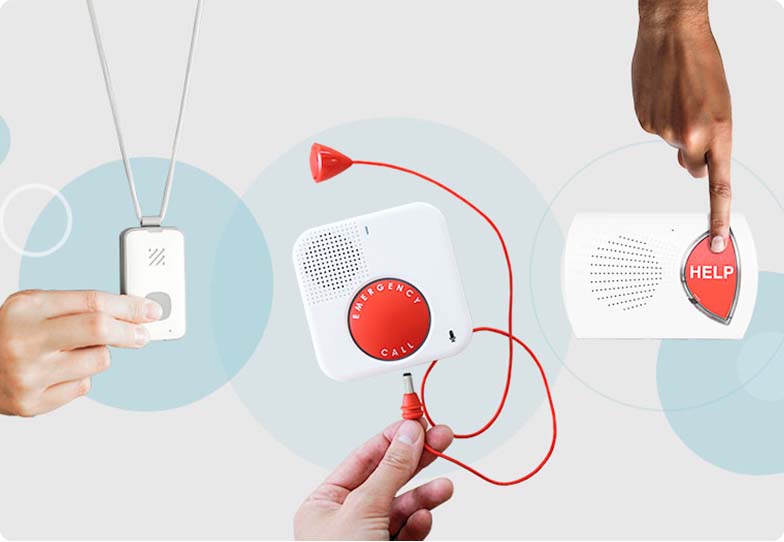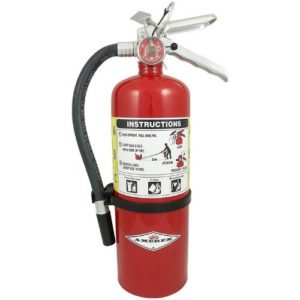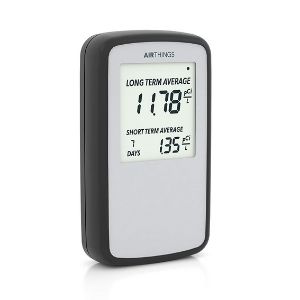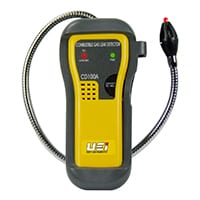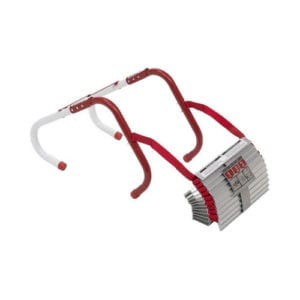Autumn means football games and visits to the local pumpkin patch. It also means it’s time to get your yard ready for winter. The right preparation now will save you time and energy when spring rolls around, and will keep you and your family safe in the yard year-round. Make sure you get the most out of your yard next year by following our checklist of fall cleanup musts.
The 15 Must-Dos of Fall Yard Cleanup
SafeWise experts have years of firsthand experience testing the products we recommend. Learn how we test and review.
1. Clean out debris
Fallen leaves and weeds are the perfect place for pests to settle in for the winter. Clear out flower beds to keep the critters at bay. Pay special attention to rose beds, as their foliage can foster disease over the winter.1
2. Clean up the vegetable garden
After the final harvest, pull out old vegetable plants and remove debris. If you compost, now is the time to add a layer of compost to help nurture your soil for planting next spring.
3. Trim rogue branches
Trim up dead, damaged, or diseased branches you didn’t get to in the summer. Prune out-of-place tree branches that may cause trouble during the winter. You don’t want any branches breaking and falling during the snowfall to come.
4. Clean out the gutters
Not all fall cleanup is in the yard. This is the perfect time to clear leaves and other debris from rain gutters. Check for proper drainage, clear out any blockages with a small garden trowel, and rinse with a hose.
5. Dry everything out
Drain all water from hoses, fountains, drip irrigation systems, and other water features, and store them in a dry place. Water left standing over the winter may damage your equipment if it freezes.
6. Aerate the lawn
Break up soil to keep water from pooling and guarantee that nutrients will reach the roots over the winter.2 A garden fork will do the job for small yards, but larger yards may require a walk-behind aerator, which should be available to rent for a reasonable price.
7. Feed the lawn
Send your yard into winter with the nutrients it needs to survive the long, cold sleep. Add a fall lawn fertilizer with high phosphorous content to encourage root growth and enjoy a lush, green lawn come spring.3
Sprinkler blowout is one fall step you don't want to miss. Blowing out the sprinklers uses pressurized air to remove all remaining water from sprinkler system pipes, preventing freezing, corrosion, rot, and pipe damage.
8. Rake and mulch
Don’t let fallen leaves get the best of you; if left unattended they can suffocate the grass. Rake them up, shred them, and use them as mulch for young trees, shrubs, and flower beds to provide a boost of nutrients, help with weed control, and keep roots warm. You might even be able to skip the raking part if you use a lawn mower to mulch the leaves in your yard.
9. Prune trees and shrubs
Trim any dead branches and cut back overgrown trees and bushes during your fall clean up routine. If you have spring-blooming perennials like lilac or forsythia, now is the time to prune without risking blooms.
10. Give it one last mow
Set your mower to a low setting and give the lawn a close buzz before winter sets in. This helps the soil dry out more quickly in the spring, which leads to a lusher lawn.4
11. Divide and cut back perennials
If your perennials really took off this year, go ahead and spread the love. Divide plants and add them to other beds where they will also do well. This saves money and time in the spring. Fall-blooming perennials like chrysanthemums shouldn’t be divided now—wait and divide them in the spring.
12. Protect cold-sensitive plants
Keep sensitive perennials, shrubs, and roses in top shape through the cold days of winter. Add mulch to the base and wrap plants in cloth barriers to prevent damage from freezing. Depending on the hardiness of the plant and your climate, you can use a single sheet or blanket or wrap them in a combination of cloth and plastic.
13. Plant bulbs, shrubs, and fall annuals
Some plants do best when planted in the fall. If you want to add new shrubs or spring bulbs like hyacinth, now is the time to get them in the ground. Fall annuals like pansies are also a great addition to keep some color in your yard as other plants go to sleep.
14. Protect the deck
Prevent the growth of mold and mildew by giving the deck a good power wash. If you don’t have a pressure washer, you can rent one from a garden store. Once the deck is clean and dry, add a weatherproofing stain to protect the wood from moisture damage over the winter.
15. Clean tools and store them
Don’t throw your gardening tools in the shed and forget about them until spring. Take time to give them a good cleaning and add a light coat of oil—such as linseed oil or even vegetable oil—to prevent rust during the cold season.5
If you follow this checklist you’re bound to have a wonderfully winterized yard that will be ready to wow you with lush, green bounty once the warm weather returns.
Sources
- University of Tennessee Institute of Agriculture, "Rose Diseases: Identification and Management," July 2019. Accessed September 28, 2023.
- Brian Sparks, West Virginia University Extension, "Lawn Aeration," January 2022. Accessed September 28, 2023.
- University of Nebraska–Lincoln, Plant & Soil Sciences eLibrary, "Importance of Phosphorus to Plants." Accessed September 28, 2023.
- Aaron J. Steil, Iowa State University, "Yard and Garden: Late Summer Lawn Care," August 2021. Accessed September 28, 2023.
- Contra Costa Master Gardner's Help Desk, "Cleaning, Sharpening, and Lubricating Tools for Use in an Organic Garden," March 2015. Accessed September 28, 2023.
Compare top home safety products
Amazon.com price as of post date. Offers and availability may vary by location and are subject to change. Read full disclaimer.
Google and Google Nest Secure are trademarks of Google LLC.
Recent Articles


